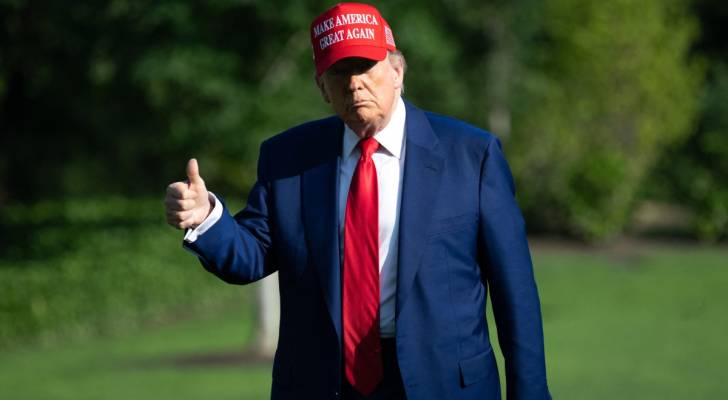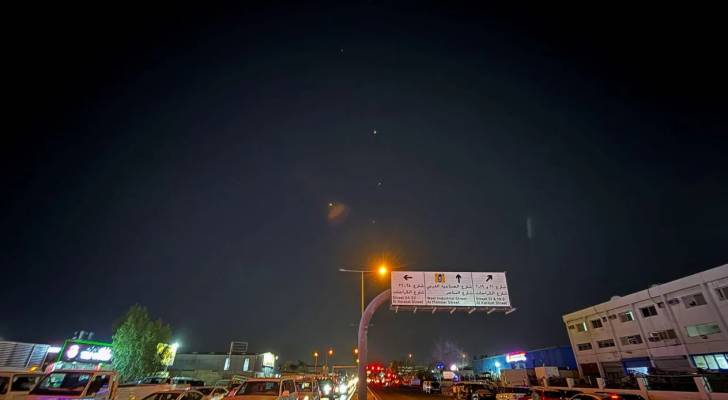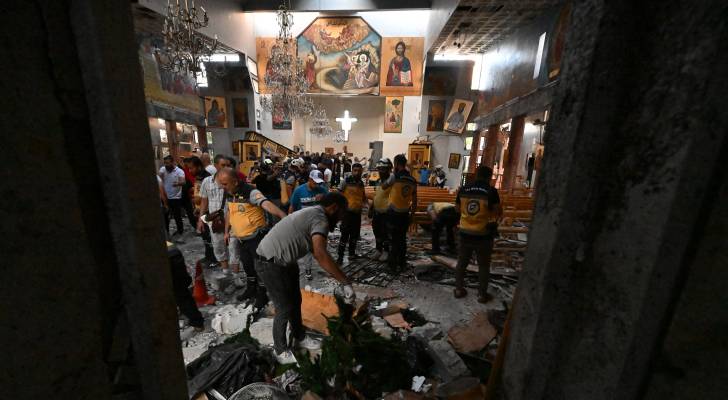Escalation in the Middle East: A new test for global economic stability - By Hamad Kasasbeh, The Jordan Times
The recent escalation between Iran and Israel has reignited global concerns over the future of the Middle East and its implications for international economic stability. As tensions rise, oil prices have responded swiftly, and fears over disruptions through vital shipping lanes—particularly the Strait of Hormuz, which carries about 40 per cent of the world’s oil—have resurfaced. Global markets are closely watching the situation, as an expanded conflict could destabilize an already fragile economic balance.
In June 2025, the World Bank projected that global economic growth would decelerate to 2.3%, the lowest rate outside of recession periods since the 2008 financial crisis. The Bank warned that prolonged geopolitical tensions in the Middle East could shave between 0.3 to 0.7 percentage points off global GDP, exacerbating an already vulnerable international economy marked by declining productivity and rising debt levels.
Energy markets are among the most sensitive to the crisis. Recently, oil prices have fluctuated between $75 and $80 per barrel, with Brent crude reaching $78.85 in June 2025, its highest level since January. However, institutions such as Citi and Goldman Sachs have warned that prices could surge to $90 or more if the conflict broadens or if the Strait of Hormuz is disrupted. Such a scenario would likely trigger a fresh wave of inflation, particularly in energy-importing nations, complicating the efforts of central banks already grappling with persistent inflationary pressures.
The global economy remains broadly exposed to downside risks. In the United States, inflationary pressures may compel the Federal Reserve to maintain elevated interest rates for an extended period, weighing on investment and household spending. In Europe, recovery efforts could stall amid volatile energy prices and declining investor confidence.
Emerging economies, especially in Asia, Africa, and Latin America, are at risk of bearing the brunt of rising food and energy costs. Exchange rate volatility and capital outflows could undermine financial stability and reduce fiscal space for development and social services.
Financial markets have already shown signs of stress. Equity indices in Asia and Europe have exhibited volatility, while yields on safe-haven assets such as U.S. Treasuries have declined. If the conflict intensifies, global investment flows may slow, reflecting increased investor caution and heightened market uncertainty.
Major powers such as China, Russia, and the European Union are also watching developments closely. A prolonged conflict could disrupt trade routes, dampen consumer sentiment, and place further pressure on global supply chains still recovering from the pandemic and the aftermath of the war in Ukraine.
The Middle East’s geographical and strategic role in global energy supplies means that any long-term disruption in the region could pose a serious threat to global economic stability. Inflation may rise, trade channels could be compromised, and global markets might face severe and unexpected shocks.
Gulf states and Arab nations with diplomatic leverage and robust communication channels with Washington bear a special responsibility to promote de-escalation. Their balanced diplomacy can help contain the crisis and bolster regional and global stability.
In the end, the international community must recognize that preserving stability in the Middle East is not just a regional concern—it is essential to maintaining global economic security. Ensuring peace in this critical region supports energy flow, secures trade routes, and sustains the prospects for global growth.
Latest News
-
 CEASEFIRE IS NOW IN EFFECT, PLEASE DO NOT VIOLATE IT!
CEASEFIRE IS NOW IN EFFECT, PLEASE DO NOT VIOLATE IT!
-
 Iran missile strike on US Al Udeid base heightens Gulf tensions
Iran missile strike on US Al Udeid base heightens Gulf tensions
-
 Syria announces arrests over Damascus church attack: Interior ministry
Syria announces arrests over Damascus church attack: Interior ministry
-
 Qatar suspends air traffic as precautionary measure: Foreign ministry
Qatar suspends air traffic as precautionary measure: Foreign ministry
-
 Khamenei retreats to bunker as fears of assassination grow: New York Times
Khamenei retreats to bunker as fears of assassination grow: New York Times